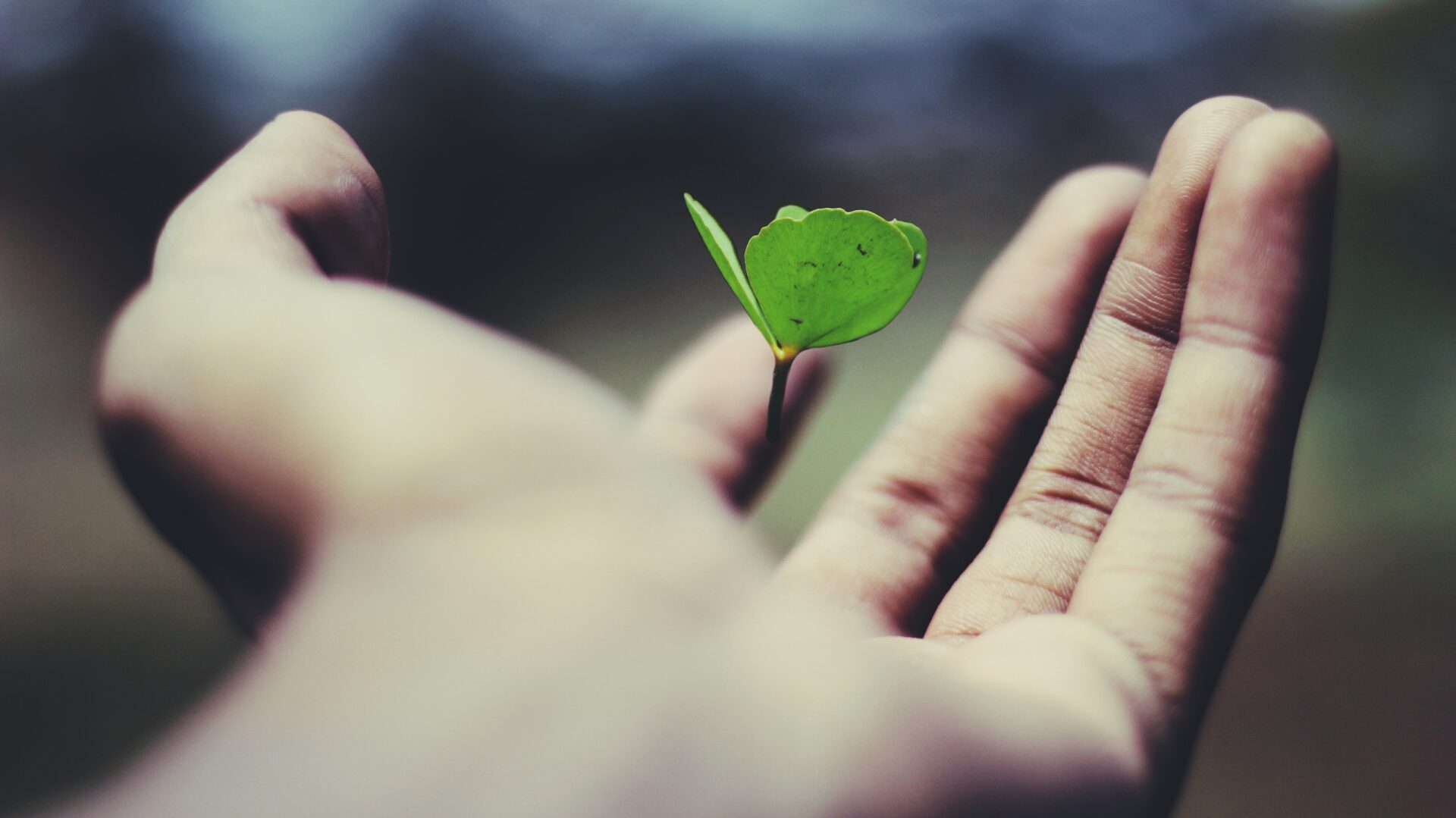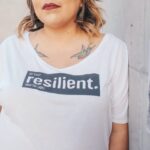What is Sustainability?
Sustainability is simply about “a measure of whether (or to what extent) a process or practice can continue.“(Thompson & Norris, p. 1). It’s a way of living that aims for permanence while respecting Earth’s limits. We’re now in the “Anthropocene” era, where human activities significantly impact our planet’s environment. This puts us at a crossroads: continue current practices or transform how we live?
The Three Pillars of Sustainability
Sustainability goes beyond environmental protection. It includes three interconnected elements:
- Environment: Protecting natural resources and ecosystems
- Economy: Ensuring long-term financial viability
- Equity: Promoting social fairness and equality
These three pillars work together. For example, a company needs profits to survive, but it must also ensure employee wellbeing and minimize environmental harm.
Systems Thinking: Everything is Connected
Systems thinking means understanding how seemingly unrelated activities influence each other. When you buy a product, consider how it connects to environments and communities worldwide. This perspective helps identify both problems and solutions.
True Sustainability vs. “Less Bad”
Many products labeled “sustainable” are simply “slightly better than before.” For instance, oat milk coffee produces less CO2 than dairy milk coffee (0.3kg vs. 1kg), but it might still exceed Earth’s acceptable limits.
True sustainability means operating within planetary boundaries—specific limits Earth has set. Exceeding these limits causes serious consequences. It’s not about being “less bad” but staying within acceptable limits.
Two Approaches to Sustainability
Weak Sustainability: Believes technology and economic growth can compensate for natural resource loss. This approach maintains economic growth while addressing environmental issues.
Strong Sustainability: Recognizes that some natural resources are irreplaceable. It questions infinite economic growth and emphasizes reducing overall consumption while ensuring fair resource distribution.
Sustainability in Japan: Strengths and Challenges
Japan’s Achievements
Japan excels in several sustainability areas:
- Food waste reduction: 31% decrease achieved
- Healthcare: 96% skilled birth attendance rates
- Infrastructure: Universal electricity access and high internet usage
- Forest coverage: Significant forest area increase from 1990-2015
Key Challenges
Japan faces important sustainability hurdles:
- Electronic waste: High per-person generation with only 22% sustainably managed
- Overfishing: 45% of Northwest Pacific fish stocks overfished
- Worker rights: Declining labor rights compliance in East Asia
- Fossil fuel subsidies: Global subsidies exceeded $1.5 trillion in 2022
Daily Sustainable Actions You Can Take
1. Reduce Consumption First
Before buying anything, ask “Do I really need this?” Consider:
- Repairing items instead of replacing them
- Renting or borrowing when possible
- Taking care of existing possessions
Energy conservation saves both resources and money:
- Take shorter showers
- Turn off unused lights
- Adjust heating and cooling settings
2. Use Longer, Repair More
Make durability a priority:
- Repair broken items when possible
- Choose products designed for longevity
- Practice recycling and composting, but remember: Reduce first, then Reuse, then Recycle
3. Rethink Transportation
For short distances, choose walking or cycling. For longer trips, use public transportation. These choices reduce greenhouse gas emissions while improving your health.
4. Become a Smart Consumer
Avoid greenwashing: Products labeled “green” or “sustainable” aren’t always genuinely eco-friendly. Research the entire product lifecycle from production to disposal.
Use trusted certifications: Look for marks from organizations like:
- Fair Trade
- FSC (Forest Stewardship Council)
- MSC (Marine Stewardship Council)
5. Take Collective Action
Individual actions matter, but sustainability requires system-wide changes:
- Support sustainable policies through voting and advocacy
- Propose eco-friendly practices at work
- Join community organizations focused on sustainability
Maintaining Sustainable Habits Long-Term
Start Small and Build
Focus on manageable changes you can maintain:
- Begin with one or two actions
- Gradually add new habits
- Celebrate small victories
Understand Your Impact
Systems thinking helps maintain motivation. Knowing how your choices affect global systems makes small actions feel meaningful and worth continuing.
Embrace Flexibility
Sustainability involves complex decisions with conflicting values. Don’t aim for perfection—view mistakes as learning opportunities. Everyone has different capabilities, so maintain tolerance for yourself and others.
Remember You’re Not Alone
Sustainability is a collective effort involving governments, businesses, and communities. While individual actions matter, systemic change requires cooperation across society.
Keep Learning
Sustainability isn’t a destination but a continuous journey. Stay open to new information and be willing to adapt your actions as conditions change.
Benefits of Sustainable Living
Environmental Protection
Sustainable choices help:
- Preserve clean air and water
- Protect ecosystems and biodiversity
- Mitigate climate change
- Operate within planetary boundaries
Social Benefits
Sustainability creates:
- Fair resource distribution for future generations
- More resilient communities
- Reduced social inequality
- Redefined prosperity beyond material wealth
Economic Advantages
Sustainable practices deliver:
- Household cost savings through efficiency
- Innovation and new business opportunities
- Long-term financial stability
- Reduced resource dependence
Building a Sustainable Future
Sustainability ensures we meet today’s needs without compromising future generations’ ability to meet theirs. Each small choice contributes to larger system changes, creating hope for Earth’s future.
The path forward requires both individual responsibility and collective action. While challenges exist, viewing sustainability as “a journey toward continuing better” rather than a perfect destination makes progress achievable.
Your actions today—whether reducing consumption, choosing sustainable products, or advocating for policy changes—help build a more sustainable, equitable world for everyone.
Sources Used:
- Caradonna, Jeremy. n.d. Sustainability: A Historical and Contemporary Briefing. (Publisher and specific publication year not provided in source material).
- D’Amato, Dalia, Anne Toppinen, and Robert Kozak, eds. 2023. The Role of Business in Global Sustainability Transformations. Routledge Research in Sustainability and Business. Abingdon, Oxon; New York: Routledge.
- Environmental Protection Agency. 2024. “EPA Sustainability Initiatives: A Detailed Briefing.” October 26, 2024.
- Hjalsted, Anjila. n.d. “Absolut bæredygtighed – Rockwool Case.” Handout/Briefing Document.
- Hjalsted, Anjila. n.d. “Defining Sustainability: Absolutely.” TEDxGoodenoughCollege. Video.
- “Private Law’s Role in Environmental Sustainability.” 2023. Excerpts from Routledge Handbook of Private Law and Sustainability. October 26, 2023.
- Thompson, Paul B., and Patricia E. Norris. 2021. Sustainability: What Everyone Needs to Know. Oxford: Oxford University Press.
- United Nations. n.d. “The Imperative of Sustainable Development: Progress and Pathways Forward.”
- World Bank Group. n.d. “World Bank 2023: Evolution, Challenges, and Sustainable Development.”








